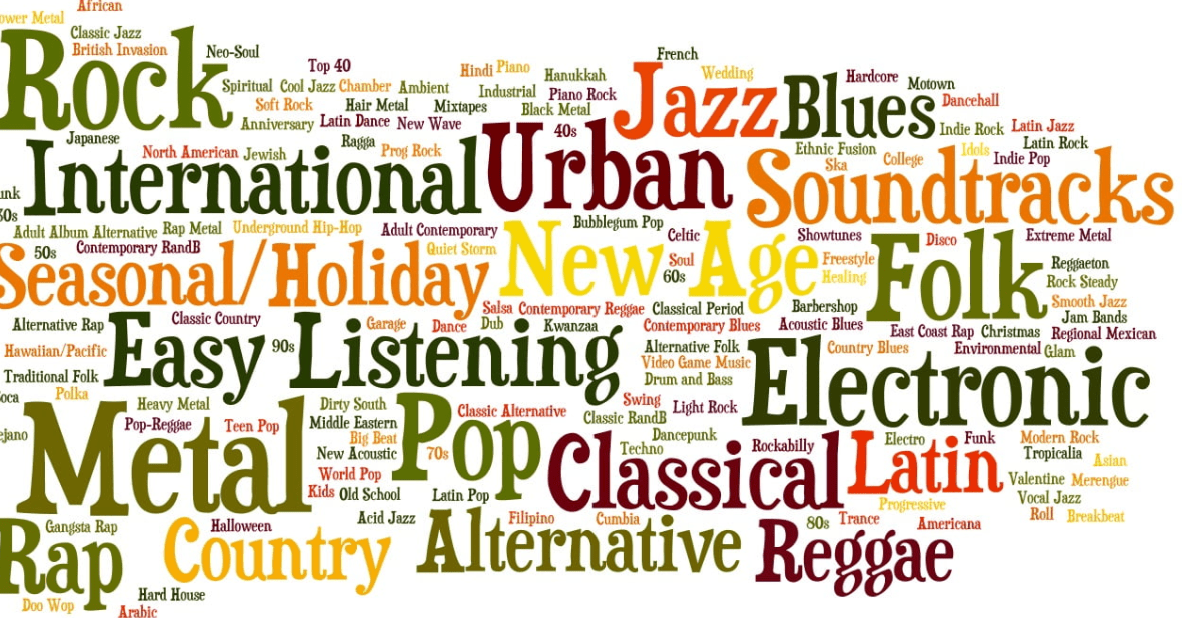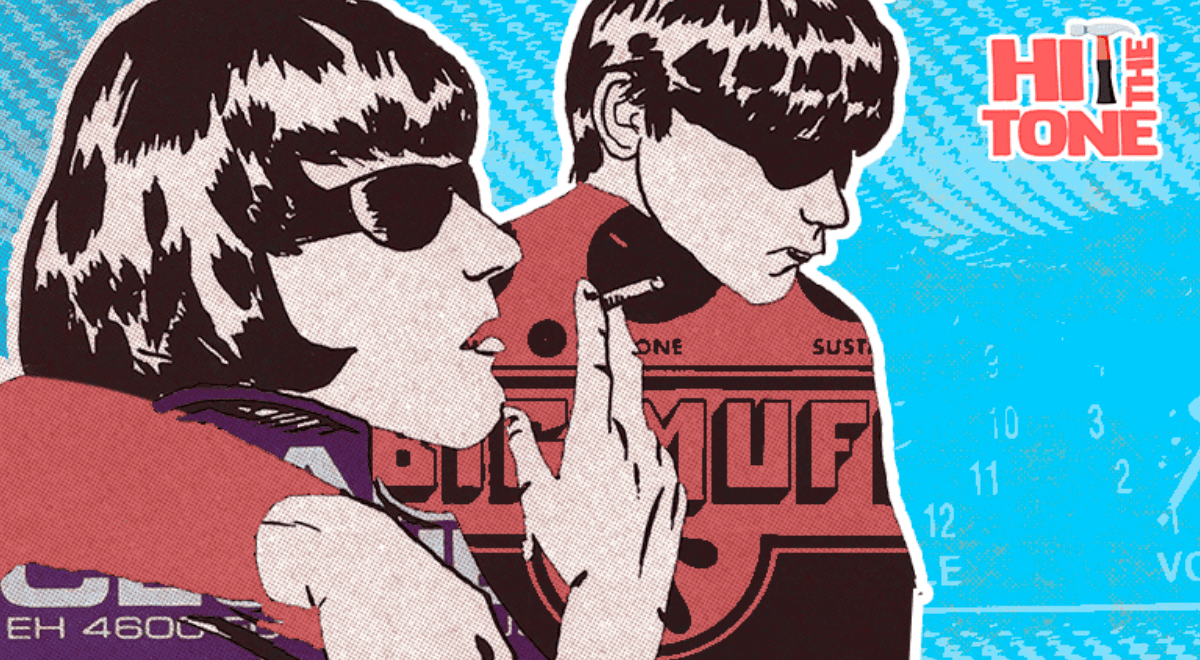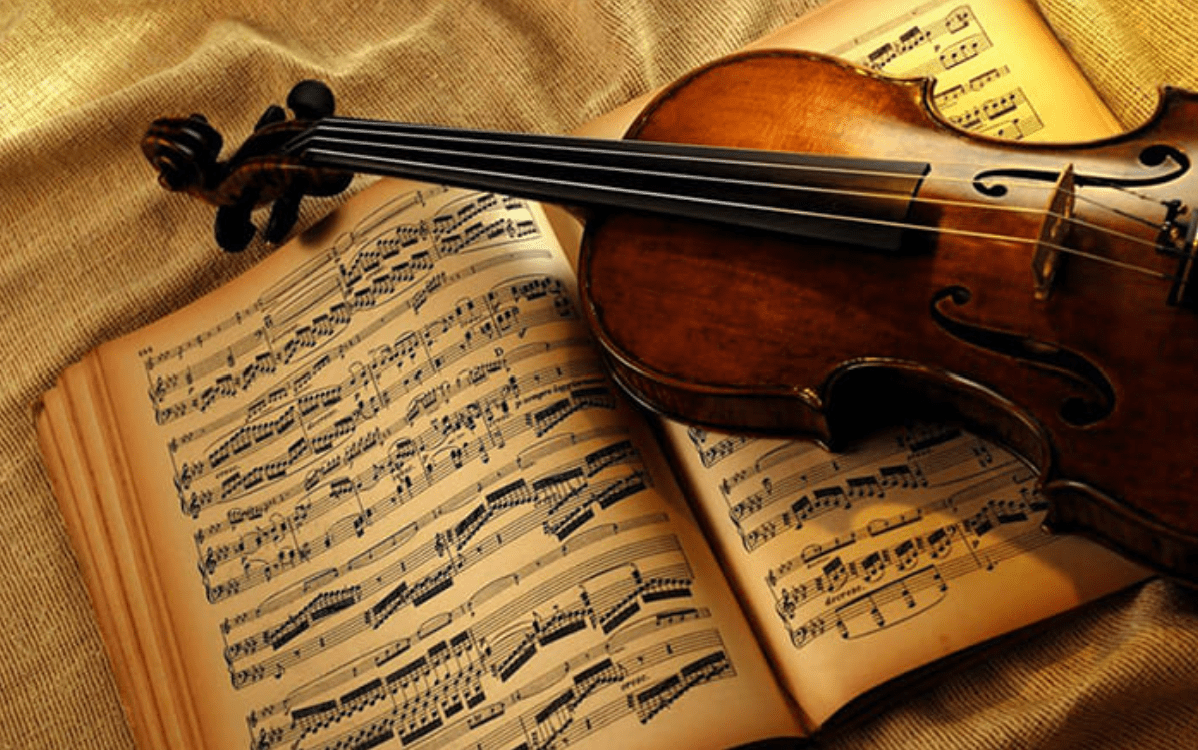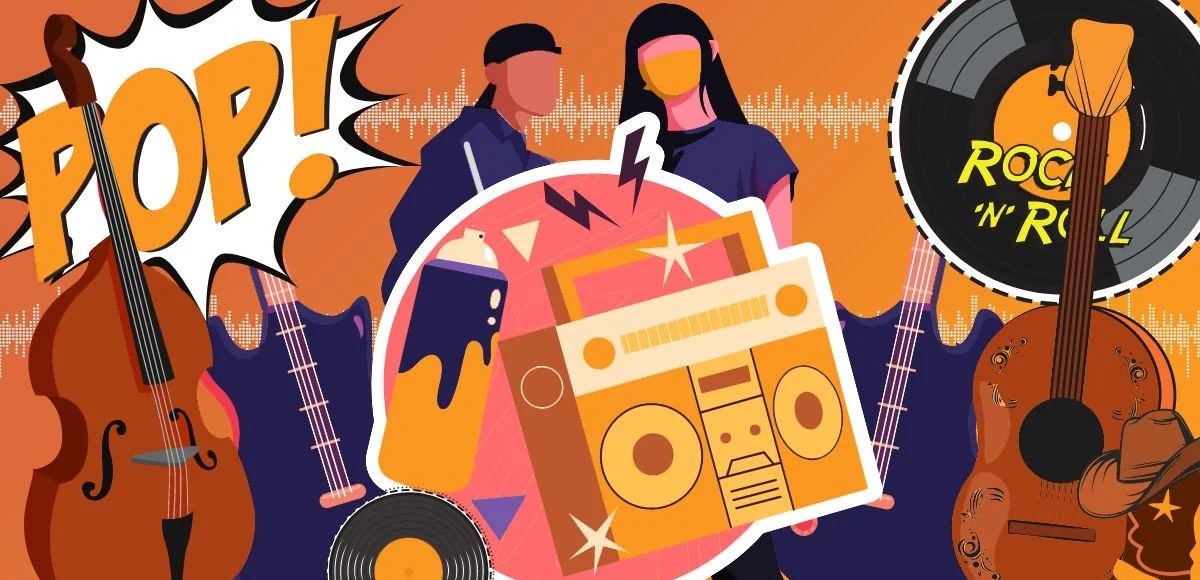Genres
A music genre is a standard classification that distinguishes some pieces of music as bearing on shared history or set of precepts. Music can be found in various forms and varieties from traditional rock music to world pop, effortless listening, and bluegrass. Many genres have a tremendous historical or geographical importance, a cult following or music origins that go far beyond the 20th century. As genre distinctions dissipate, various genres of music undergo huge quantities of genre crossover. Throughout history, artists from various genres tend to be associated with a particular genre and can make music across various genres. Comprehending various kinds of musical genre help compose music and is a massive part of musical progression. Even if you do not like some genres, it is still crucial to comprehend what makes them diverse to discover your own sound. Discovering various kinds of genres is a great starting point for analysing and recognising how styles have evolved. It is also a terrific way to see how they have swayed contemporary culture across the globe. When examining music, we can designate a classification based upon different musical components. Genres can be specified using instruments. We might categorise it as classical music if the piece was played in a particular style utilising orchestral instruments. If the instruments were exceptionally distorted guitars, we would categorise this music genre as rock or heavy metal. Some genres are based upon instruments and timing. Blues music utilises a series of patterns and is played by a conventional live band utilising guitar and a drum set. Drum and bass use a quick bpm and is mostly electronic.

Music is a vast realm. There are countless genres, sub-genres, and styles, from World Music to Rap, from Rock to Jazz. On the one hand, the list could be extremely long. On the other hand, not all genres are as popular and as successful. As a result, the music industry, or the music market, surely favors some of these to the detriment of others.
Pop

As the label itself indicates, pop music is surely the most popular genre in the music market. It is a bit tricky, however, to clearly define what pop music is, as it has evolved so much through time. Throughout the Eighties, pop music evolved towards more electronic sounds, with artists and songs bridging the gap between the classic rock form (deriving from the Blues) and modern approaches to music that led us directly to the digital era. Nowadays, pop music takes much of its sounds and musical language from the world of hip-hop, with its sub-genres of trap and rap being extremely popular. Electronic and dance elements are still very present in the mainstream, with other influences, such as Latin sounds, often joining in to create a diverse and eclectic approach.
Hip-hop and Rap
These two genres, originating in the Eighties but with some ancient roots planted in the Blues and the Gospel too, presented an incredible evolution that made them a sort of standard for the mainstream. The encounter between spoken words and electronic sounds made music doable without the traditional tools, like a good singing voice or the ability to play an instrument. Through sharp rhymes and rough sounds, the first rappers narrated the harshness of life in the ghetto, while right now, their descendants are experiencing some great success. Many hip-hop sub-genres, such as rap and trap, are now filling the charts and influencing many other popular genres. The trends evolve at a very rapid pace, thanks to social media and the internet.

Rock
We could probably write a whole encyclopedia about rock music and its numerous sub-genres. For the sake of this article, let's just stick to the basics. Rock evolved directly from the Blues, and it became popular in the Fifties, first in the United States and then in Great Britain. From London, it slowly but steadily spread all over Europe, where it became the perfect soundtrack to the ideological turmoil of the Sixties. From the rough and bluesy rock n' roll, the genre evolved into more complex styles, such as progressive rock. On the other side of the spectrum, it regained its simple and raspy approach towards the end of the Seventies, with the Punk movement.

Dance and Electronic music

The rise of computers and digital technology allowed producers to explore new ways to make music. We no longer need a musical instrument to write or produce a song. We just need a computer.
This is how electronic music rose to fame throughout the Eighties and the Nineties, with some precedents in the Seventies, when orchestras, however, were still very popular in dance halls.
Latin music
While Latin music was considered a niche genre up until the Seventies, it gained more and more popularity throughout the last forty years, especially because of Latin summery hits filling the charts all over the world. The realm of Latin music is wide, as it spans from the modern Reggaeton to more traditional Samba or other classic dance styles.
Overall, this genre became so popular that many elements of it, especially from a rhythmical point of view, are now a recurrent part of many mainstream productions we could consider Pop.

Indie and Alternative Rock

The label Indie has evolved a lot throughout the last three decades. Once indicating the D.I.Y. bands deriving directly from the Punk wave, it now applies to glamorous singers and songwriters or bands who are very far from the D.I.Y. approach of their predecessors. Nevertheless, Alternative Rock is still a reality, especially in the underground scene.
While it has never been a chart-filling genre, Alternative Rock and Indie bands rose to fame throughout the Nineties, becoming another great option for anyone who didn't relate to the glamour of mainstream music.
Classical music
There's no doubt: classical music is still a huge part of our culture. While orchestras may not sound so mainstream, people all over the world and of any age still listen to symphonies, operas, and concertos. While the older compositions seem to be also the most popular ones, many young composers tirelessly work to contribute to the creation of the classical musical forms we all enjoy and admire.

K-Pop

Once available only in Korea, K-Pop is now extremely popular in the United States and in some European countries too. K-Pop is the term used to label a pop sub-genre, sung in the Korean language, and portrayed as fun, glamorous vivid, teen-oriented, and very colorful. K-Pop stars are among the most followed and venerated on social media.
Country
Loved by Americans and also praised in Europe, this genre keeps evolving through time, adding elements of more popular styles to its repertoire but strongly keeping its identity. Acoustic guitars, banjos, beautiful voices are still a huge part of the game, although many Country artists now add flavors taken from the rock and the pop worlds too.

Metal

Last but not least, Metal is a Rock sub-genre that gained so much popularity it basically detached from it. With loud distorted guitars, fast drum fills, often accompanying scary or creepy images, Metal became the perfect genre for anyone who wanted to rebel against conformism and taste something truly different. Like many other genres, it recently evolved towards more electronic sounds, often resulting in interesting sub-genres mixing rock and hardcore electronic approaches.
